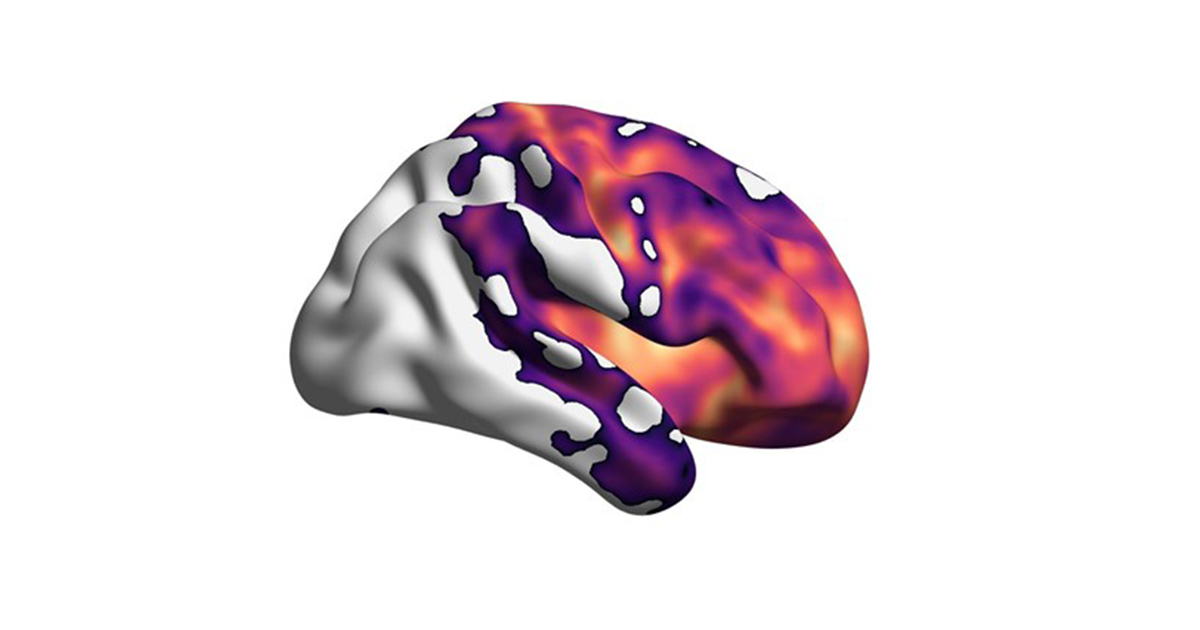Collaborative Approach Aids Development of Potential Blood Test for Use in Alzheimer’s, Rare Syndromes Diagnoses
March 2, 2020
Thanks in part to contributions from an NCATS-led rare diseases consortium, an international research team reported a new blood test that may make it easier for clinicians to diagnose Alzheimer’s disease, as well as a constellation of rare neurodegenerative syndromes characterized by dementia.
Symptoms of these rare syndromes, collectively known as frontotemporal lobar degeneration (FTLD), can be confused with Alzheimer’s, making various forms of FTLD difficult to diagnose. Although Alzheimer’s has become easier to diagnose, the methods used are expensive, invasive and time-consuming. Clinicians have sought simpler methods for making accurate diagnoses.
The new test measures the accumulation of a protein, ptau181, which suggests brain changes from Alzheimer’s. The findings showed much higher levels of ptau181 in blood samples from people with Alzheimer’s than in healthy controls. In addition, the ptau181 testing results indicate a way to distinguish those with Alzheimer’s from those with FTLD. The research, led by Adam Boxer, M.D., Ph.D., at the University of California, San Francisco, was published March 2 in Nature Medicine.
Among the 400 research participants was a group of FTLD patients from a consortium that Boxer headed as part of the NCATS-led Rare Diseases Clinical Research Network (RDCRN). RDCRN consortia include scientific and disease experts and rare disease patient advocacy groups who together carry out natural history studies that chart the course and progression of diseases. They conduct research to better understand disease biology and improve diagnosis and treatment.
“While much of the biology of FTLD was already known, the RDCRN consortium allowed us to build a North American patient group and better understand disease progression, with the eventual goal of enabling clinical trials,” Boxer said.
The consortium, Advancing Research and Treatment for Frontotemporal Lobar Degeneration (ARTFL), was funded by NIH’s National Institute on Aging (NIA) and National Institute of Neurological Disorders and Stroke (NINDS), along with NCATS. ARTFL has since merged with another effort aimed at collecting longitudinal data on people with FTLD and is supported by NIA and NINDS.
“This study shows the strength of a large collaborative research effort to evaluate an easily deployable disease indicator that could routinely find use in a clinical setting across a spectrum of dementias and neurodegenerative syndromes,” said Boxer. “We think this new blood test will be very useful in planning and conducting trials and plan to do additional testing with the samples to improve it even further.”
For more information about the study, read the news release from NIA.



